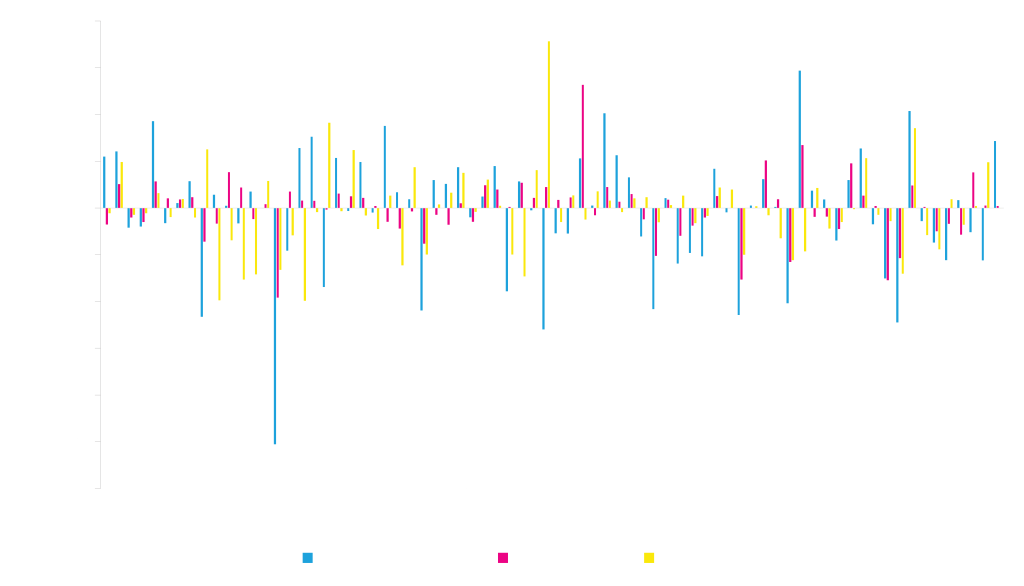Custom Antibody Services
Antibody Development, Antibody Humanization & Antibody Engineering
Your antibody is safe in our hands. Every year, we express and purify thousands of recombinant antibodies and antibody fragments, apply our GPS design platform to humanize antibodies, increase antibody potency, and build highly productive cell lines for the manufacturing of therapeutics.
INTEGRATION = ACCELERATION
Our integrated services and efficient workflow accelerate your project timelines. Hybridoma sequencing, antibody engineering, antibody humanization, affinity maturation, expression, purification, cell line development, research cell banking – we can do it all for you.
DEVELOPABILITY
We improve antibody functionality and developability simultaneously, so that you finish with a high-affinity, high-specificity antibody that is more likely to survive process development, scale-up and manufacturing.
REGULATORY COMPLIANCE
Our purpose-built LIMS ensures that you have complete traceability, with data reports that support your IND filing and comply with other regulatory requirements along your journey to commercialization.
Hybridoma Sequencing
Send us two tubes, each with a frozen pellet of ~500,000 hybridoma cells. We’ll prepare mRNA and make cDNA corresponding to the heavy and light chain by RACE. Antibody sequence information is essential for monoclonal antibody (mAb) production, engineering and humanization, function optimization, database banking and patent applications. We clone and sequence independent clones to get you the sequence of the variable region, native secretion signal and the antibody isotype subclass.
Recombinant Antibody Expression
Whatever your discovery platform, we can take the sequence of the variable regions and turn them into real molecules. Variable regions can be combined with the original constant regions, or with new constant regions to generate humanized or isotype-switched antibodies. We apply our GeneGPS® and VectorGPS® design platforms to optimize expression and balance chain ratios, maximizing the yield of your functional antibody.
ATUM has a range of analytical services to characterize the identity, affinity, purity, quantity and quality of your antibody. We can design the full analytical package tailored to your molecule and subsequent applications including IND filing and GLP toxicology studies.
ATUM has extensive in-house capabilities including Bio-Layer Interferometry (BLI) for titer and affinity measurements using a pair of ForteBio Octets, aggregation detection by size exclusion chromatography (SEC), melting temperature and antibody stability measured using qPCR machines, glycan analysis by HPLC, and molecular mass determination using mass spectroscopy.
Antibody Humanization
ATUM’s mAb Humanization design tool begins by grafting heavy and light chain CDRs onto human germline frameworks (see figure). We then identify amino acid differences between the original framework and the new human framework. To find the framework sequence substitution essential for proper presentation of the CDRs within the human framework context, we create a DoE matrix where original framework amino acids are systematically explored in different combinations. The result of this antibody engineering process is a functional antibody containing the minimal number of framework substitutions so that heavy and light chain sequences are closer to human than to any other species in accordance with the current World Health Organization (WHO) humanization standards (INN).
Antibody Engineering with AntibodyGPS
ATUM’s AntibodyGPS® design platform enables the simultaneous optimization of different critical antibody attributes including affinity, aggregation, stability and expression.
First, potential sequence changes within the CDRs are ranked based on AI models, physico-chemical properties, developability and immunogeneitcy considerations. Up to 96 variant antibodies are then designed to incorporate the most highly-ranked sequence changes so that changes are represented in multiple variants. This set of variants represents a sequence space of roughly over 10^18.

The antibody variants are then expressed and their properties are measured. Machine learning is used to analyze the data and determine the effect of each sequence change on each of the measured properties as well as quantifying the epistatic effects. The graph shows the effect of 72 different changes in the affinity, thermostability and expression level (titer). Very few changes have a positive effect on all three desirable antibody attributes, which is a severe limitation in traditional library screening approaches. ATUM’s GPS technology utilizes ML and allows us to identify changes that separately improve affinity, titer and thermostability. We are then able to combine sequence changes to produce an antibody that is improved for all three, as shown in the graph below.
